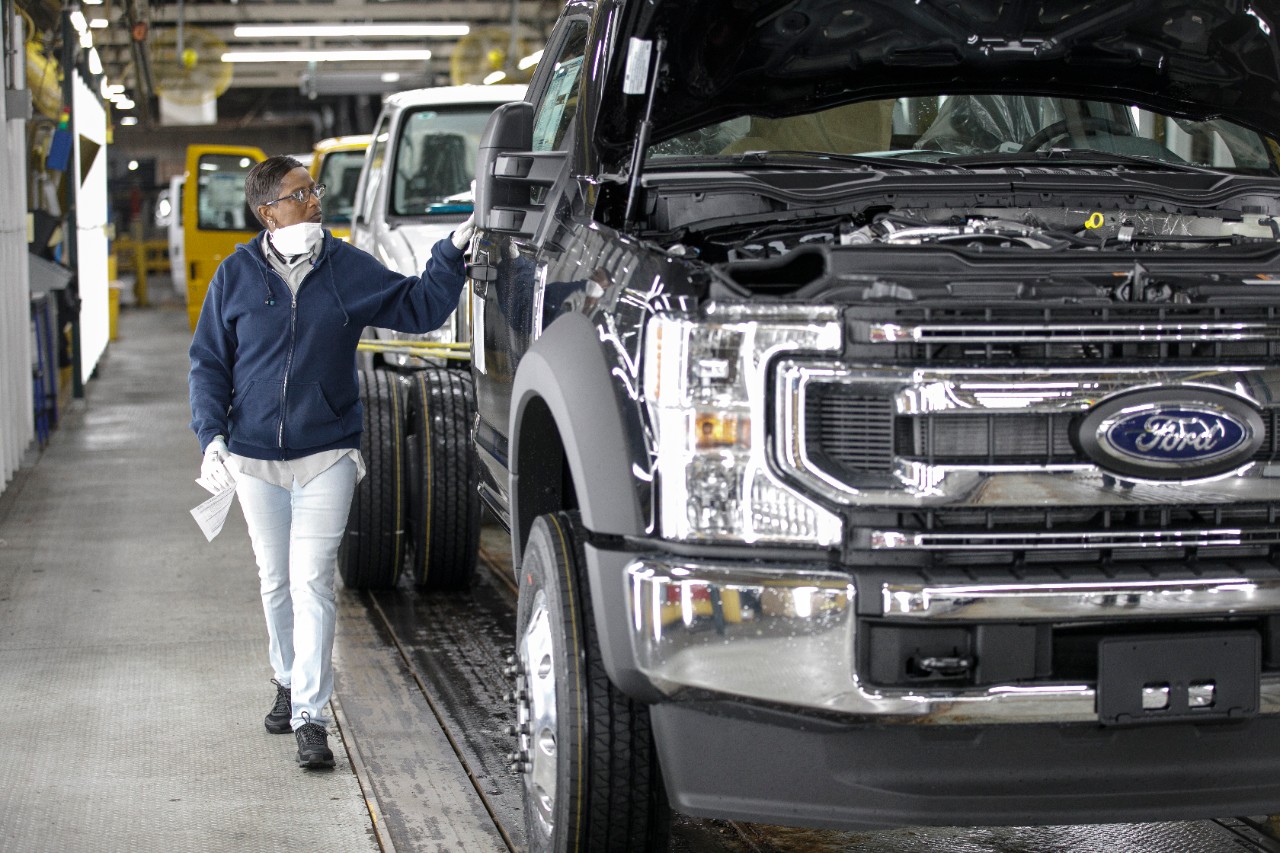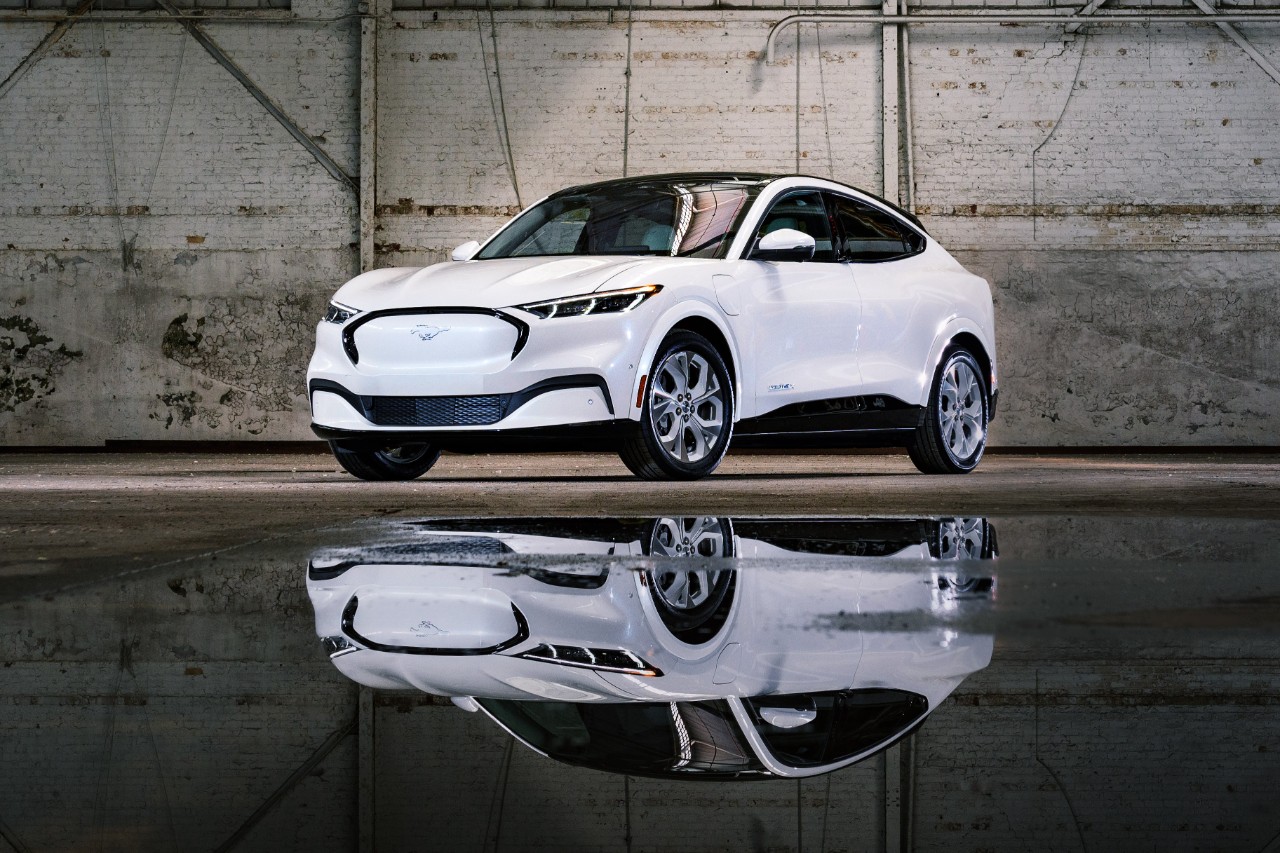For a while, Europe was looking like a great turnaround story for Ford Motor Company (F +3.54%). After an extensive restructuring and a product-line overhaul, the Blue Oval pulled in a $1.2 billion pre-tax profit from Europe in 2016.
Ford won many plaudits for its success, not least because it was a sharp contrast to rival General Motors' (GM +4.01%) ongoing struggles in the region. GM finally gave up after years of losses and sold its European operation to Peugeot SA last year, while Ford appeared to be thriving.
But Ford's European turnaround story hit an unhappy plot twist as 2017 unfolded. Rising costs and Brexit-related woes put a big dent in Ford Europe's 2017 profit, which fell 81% to just $234 million.
Was 2016 a fluke? Is 2017 the new normal for Ford in Europe? And if so, should the Blue Oval follow its old Detroit rival's lead and start looking for an exit strategy?

The slow roll-out of an all-new version of Ford's European best-seller, the Fiesta, was one factor that hurt its results in 2017. But the new and more profitable Fiesta could help give Ford Europe a boost in the year to come. Image source: Ford Motor Company.
Is this the new normal for Ford in Europe?
Last week, I asked Ford's CFO, Bob Shanks, whether 2016 or 2017 is the "new normal" for Ford in Europe.
Shanks began his answer by noting that Ford had guided to a $600 million impact from exchange-rate effects and other costs related to Brexit, the United Kingdom's decision to leave the European Union, and that had unfolded as the company had expected. But there was more to the story:
What happened on top of [the Brexit-related decline], which we were not able to offset, was higher warranty costs both in terms of coverages and the reserves associated with them, and recalls, particularly in this quarter. And also higher commodities [prices] than we had expected.
This slide from Ford's earnings presentation sums up the story. As you can see, higher prices for commodities like steel and aluminum hurt Ford's profit in Europe (and elsewhere) in 2017, as did unfavorable exchange-rate movements and recalls ("warranty costs") -- but there was a little more to the story.

Image source: Ford Motor Company.
Ford Europe was also hurt in 2017 by costs and lost sales related to the launch of an all-new version of its best-seller, the small Fiesta. Strong results for Ford's SUVs helped offset the lost Fiesta sales and gave profit a boost, but those gains were more than offset by the increase in "structural cost" attributable to the factory revamp needed to get the new Fiesta into production.
The real issue: Ford's "fitness"
So, are high costs and razor-thin margins the new normal for Ford in Europe?
"To me, what it highlights is a fitness problem in Europe, exacerbated by the effect that Brexit has had on us," Shanks said.
"Fitness" is Ford's current buzzword, coined by CEO Jim Hackett. Hackett is pushing the company to improve its "fitness" by reducing costs, streamlining manufacturing, and revamping its product line to focus on higher-profit models.
That's a global effort that isn't likely to pay off for a couple of years. Ford hasn't issued Europe-specific guidance for 2018, but its overall guidance calls for year-over-year declines in profit and margin. Things should look up by 2020, Shanks has said, but there's a lot of work to be done between here and there.
That said, there's some reason for optimism in Europe in 2018.

Image source: Ford Motor Company.
After reminding me that he wouldn't give Europe-specific guidance until after the first quarter of 2018, Shanks pointed to the slide above as a hint.
About 80% of the wholesale volume that we expect to see in Europe this year is associated with vehicles that are actually going to be launched in 2018 or were launched in the second half of 2017. So they have a very strong, very fresh product lineup pretty much across the product line. So if you're going to do something in Europe in terms of improved results, it would be 2018.
As you can see, Ford has a lot of new products coming to its European lineup this year. Several of those are variants of an all-new Focus, to be launched in Europe this spring. The new Focus is expected to be positioned a bit upscale of the outgoing model -- but at the same time, to be cheaper for Ford to build, a combination aimed at improving margins.
That's also true of the all-new Fiesta that Ford launched in Europe last year, and it's likely to be true of other forthcoming all-new Fords as well.
So, what's the answer?
On one hand, as we saw in 2017, new-product launches can drive up costs in the near term. But that said, if the economy cooperates, Ford's new-product surge should help boost its profit and margin in Europe back to levels to which the company's shareholders were hoping to become accustomed -- in time.
But whether that will happen in 2018 or 2019 is, for now at least, an open question.







